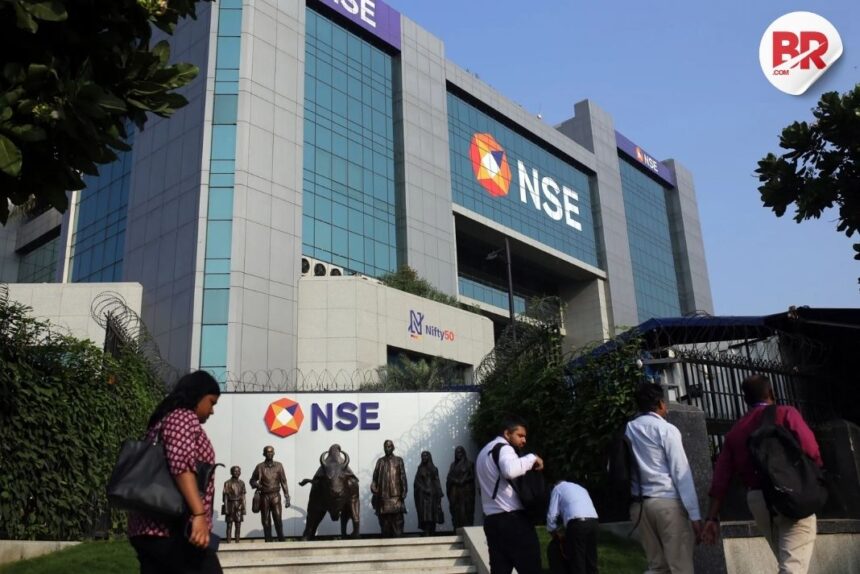
The National Stock Exchange (NSE) is making bold moves to supercharge India’s electricity futures market. Starting July 11, 2025, NSE will roll out a Liquidity Enhancement Scheme (LES) for electricity futures, targeting higher participation and market depth.
In simple terms, this scheme offers big rewards to those who help keep the market active. Think of it as NSE’s way of putting electricity futures on the map — with serious cash on the table.

What’s the Buzz About?
NSE, India’s largest exchange for both cash and derivatives, is betting big on electricity futures. After receiving regulatory clearance in May, the exchange is ready to make its entry with monthly base load contracts — without any actual delivery of power.
Electricity futures are financial contracts where participants lock in electricity prices today for a future month. It’s all about price stability and smart planning — perfect for big buyers, power producers, and even financial institutions.
The Sweet Deal for Market Makers
Here’s where things get real.
To make sure there’s always someone ready to buy or sell, NSE will appoint two Market Makers (MM1 and MM2). These are special trading members who quote prices continuously.
- MM1 gets ₹85 lakh/month
- MM2 gets ₹45 lakh/month
That’s ₹1.3 crore in monthly incentives, subject to performance. To qualify, market makers must meet several conditions, including:
- A minimum net worth of ₹5 crore
- No serious disciplinary issues in the past year
- Algo registration in commodity derivatives
Interested firms need to register and go through a competitive bidding process. But they can only apply for one role – either MM1 or MM2.
Also Read Mazagon Dock to Acquire 51% Stake in Colombo Dockyard for Rs 452 Crore
Why It Matters
Globally, power derivatives are massive. By creating this liquidity boost, NSE aims to make India a serious player in energy trading. With electricity consumption growing and markets getting more sophisticated, this move isn’t just smart — it’s necessary.
According to experts, adding futures contracts brings in transparency, price discovery, and planning efficiency for everyone from power generators to corporates.
What’s Next?
Once the scheme kicks off on July 11, it will run for six months initially. If successful, this could open the door to more energy-related financial products and stronger participation from institutional players.
For now, all eyes are on the electricity futures launch — and the market makers who’ll make it happen.
Also Read Bangladesh Pays Adani $384 Million to Settle Majority of Power Dues












